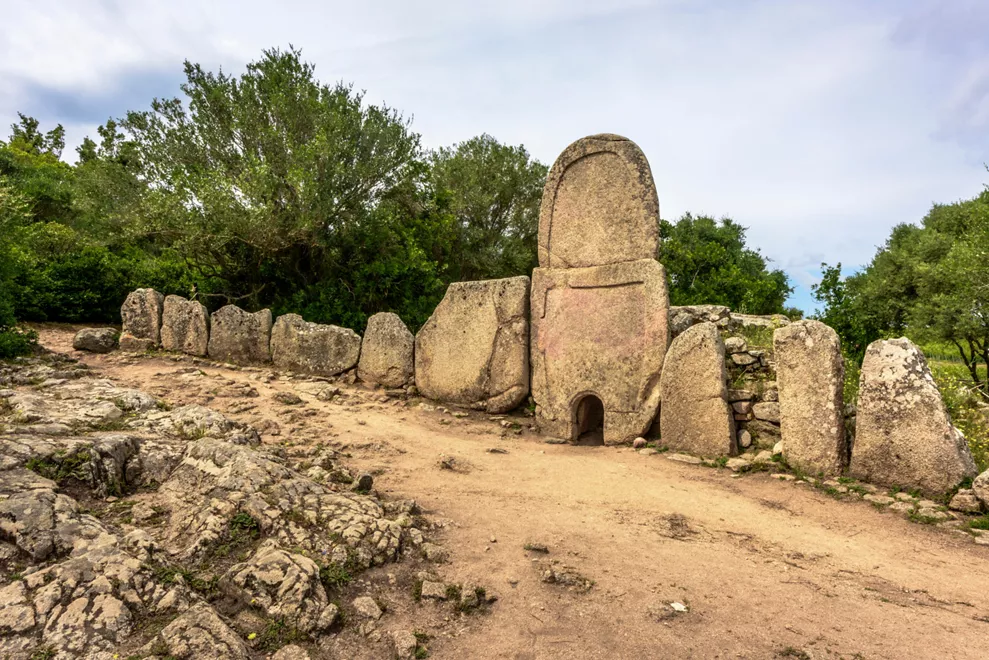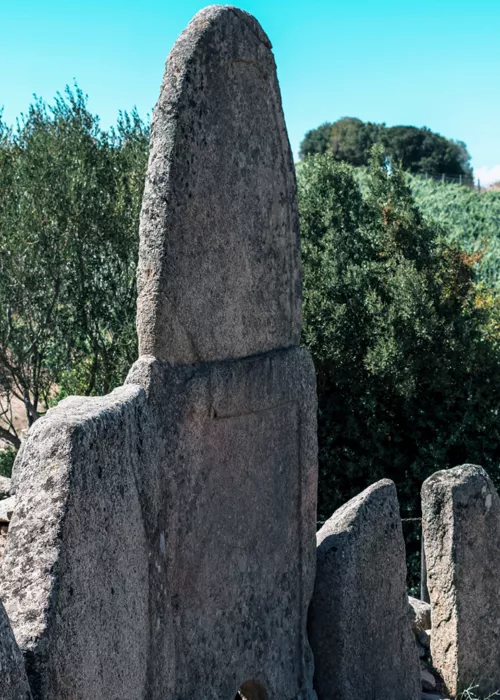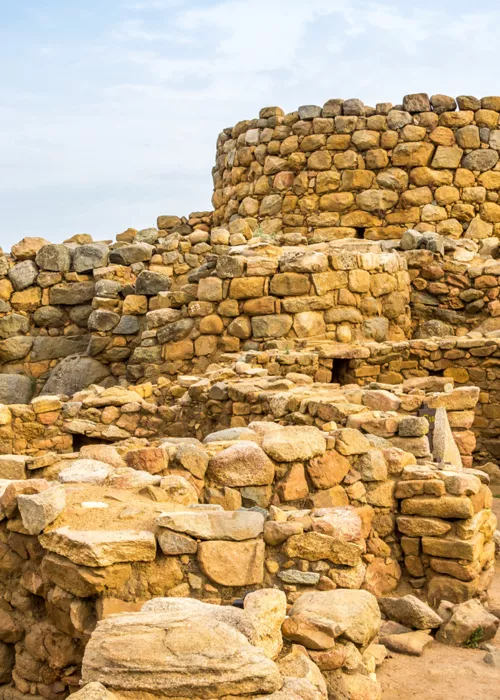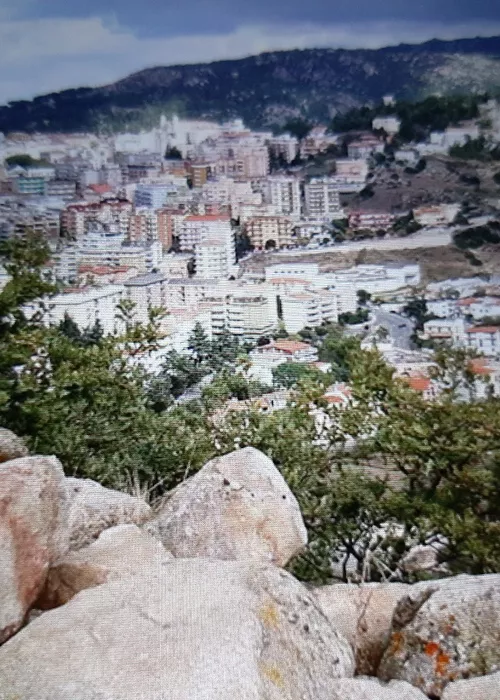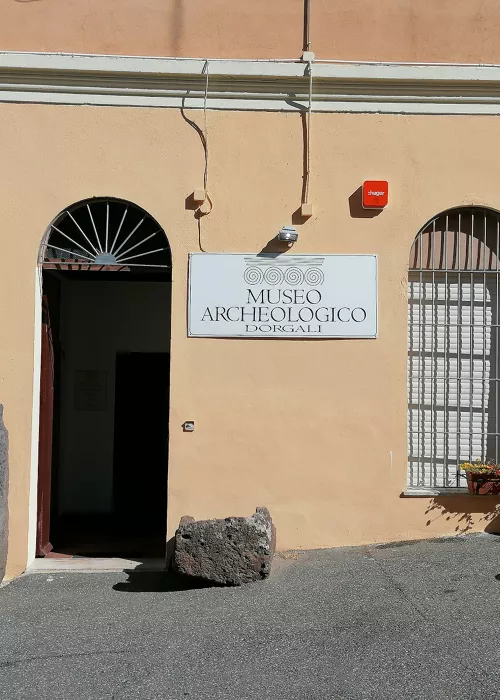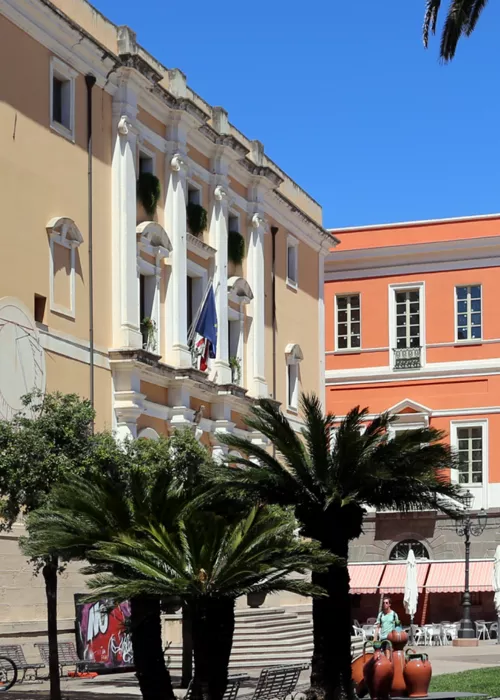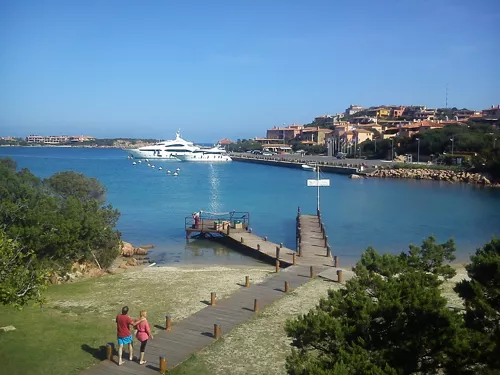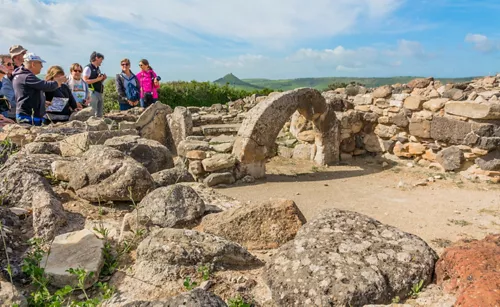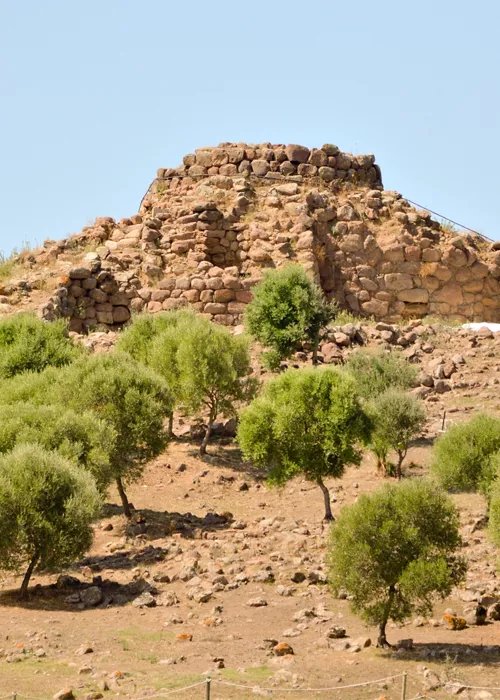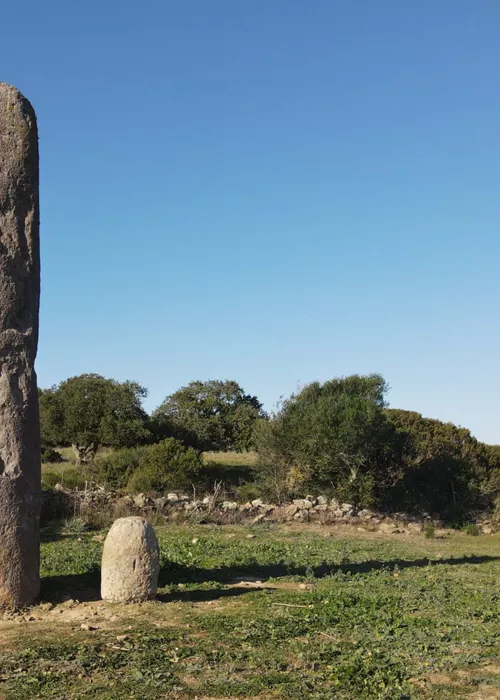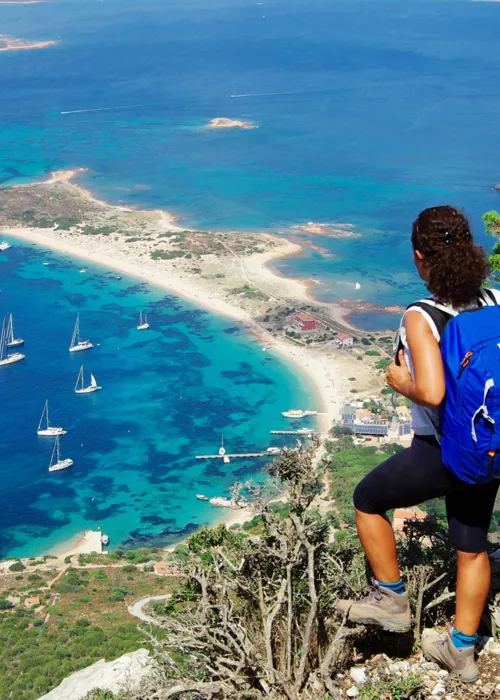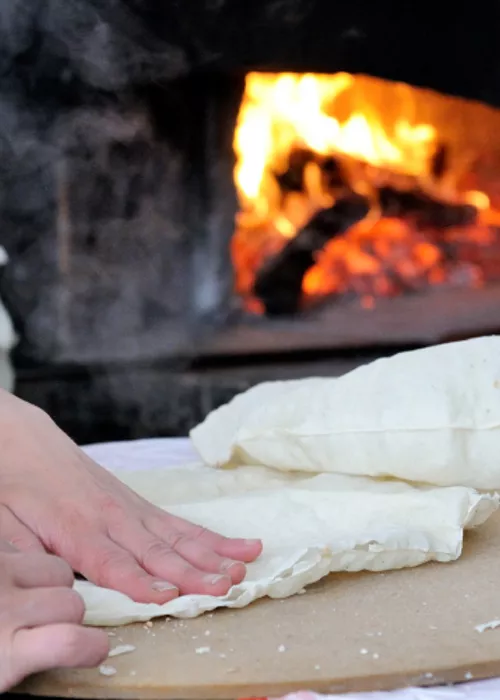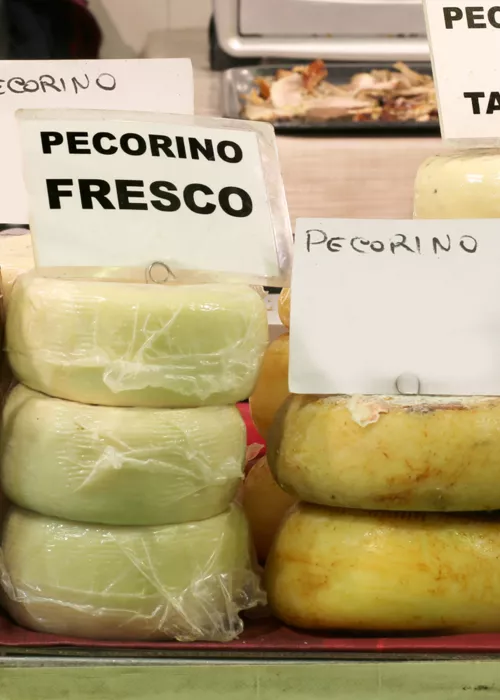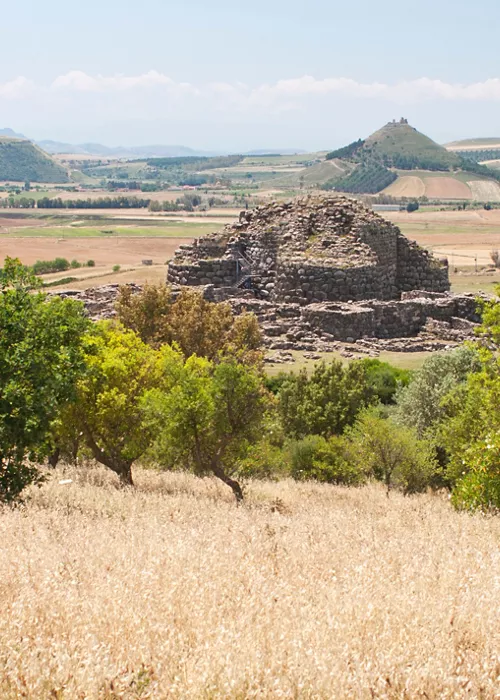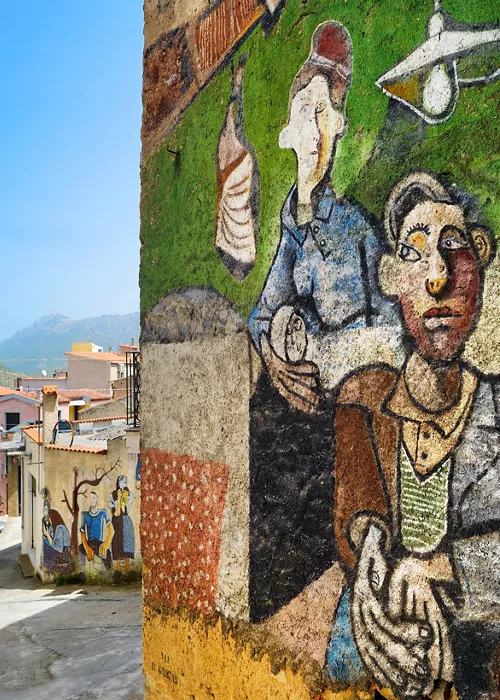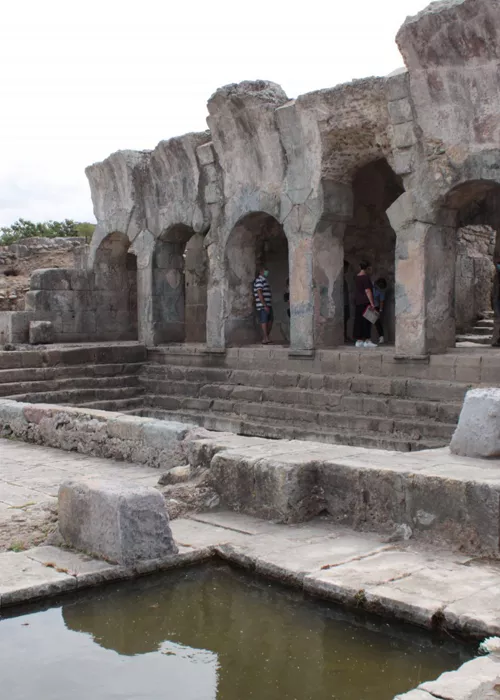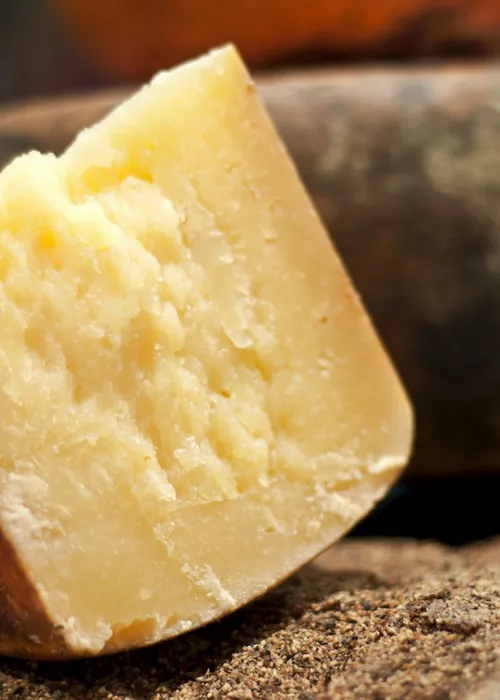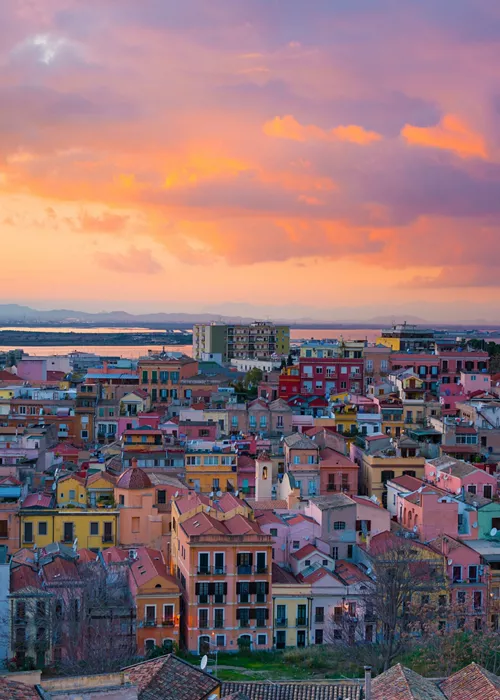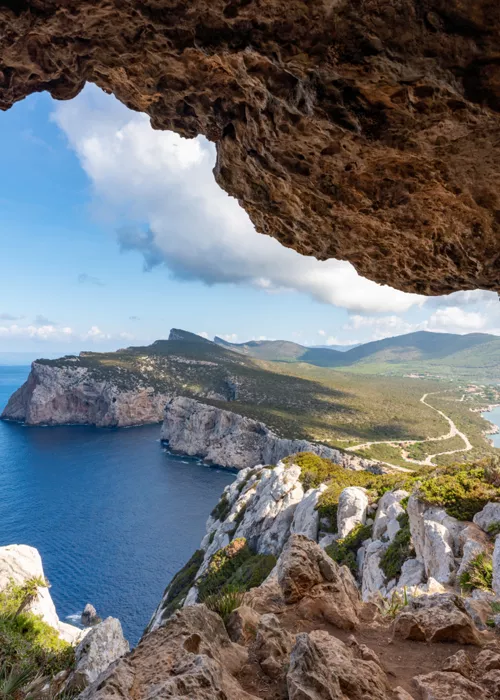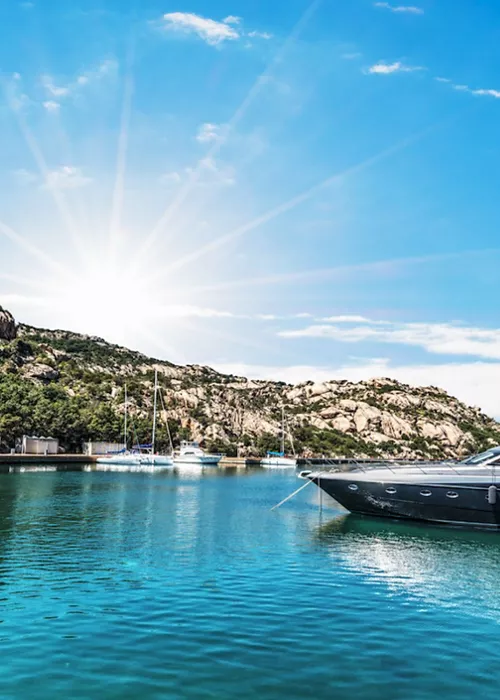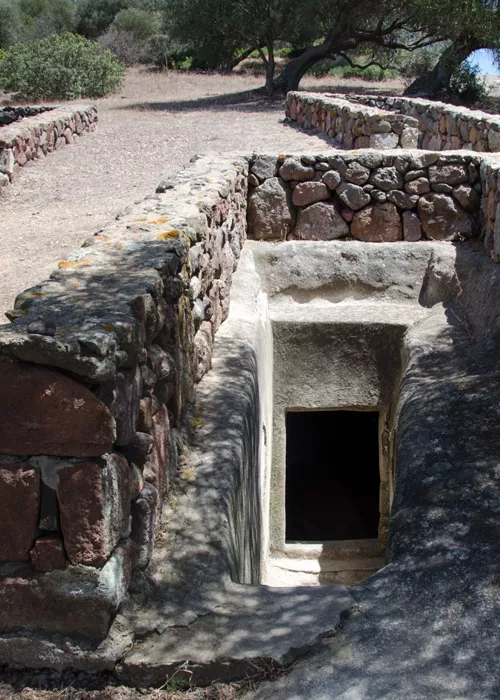The Tombs of the Giants: from archaeology to spirituality, in Sardegna
3 minutes
Treat yourself to a tour of Sardinia with a little archeology and mysticism, to discover the important remains of funerary monuments and some sacred wells. Let yourself be swept away, lost in the world of ancient times, diving into an atmosphere veiled by mystery and spirituality.
Arzachena Archaeological Park
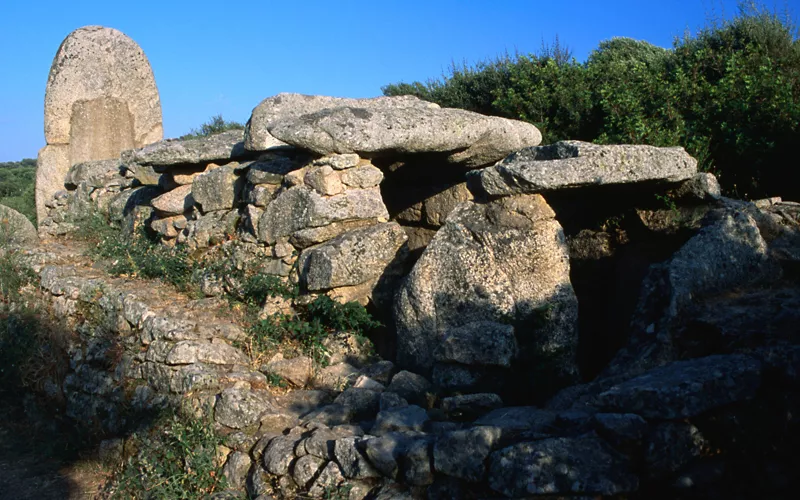
In the main town of the Smeralda coast, in Gallura, north eastern Sardinia, Arzachena offers unexpected archaeological treasures, alongside its glorious sea. Whether you have decided to have a little break from lounging on the beach, or have organised a trip off season, note that a visit to the Arzachena Archeological Park is worth a whole day. You’ll walk alongside Mediterranean scrub, in peaceful silence to discover the 8 sites of the park. These include sepulchral monuments, necropolis and nuragic complexes, witnesses of the most ancient populations that lived on the island. You will learn about ancient rites and customs while feeling a sense of primordial spirituality all around.
Li Lolghi
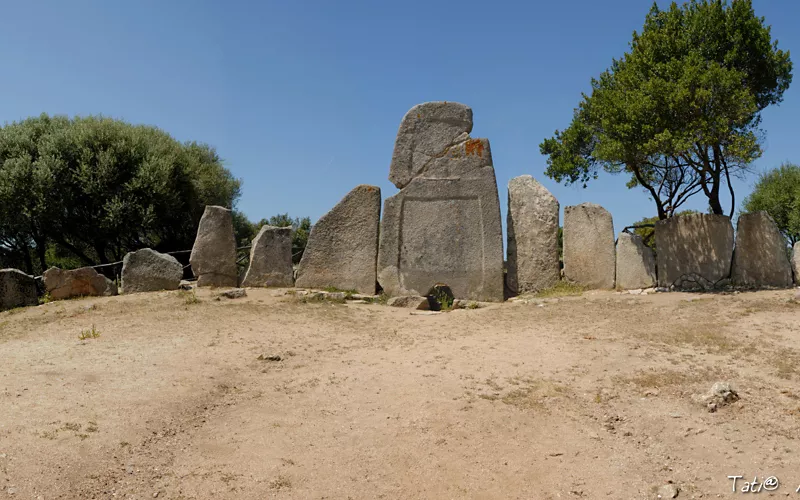
Li Lolghi is one of the 8 sites in the Archeological Park of Arzachena. It stands on the hill in Li Muri. Its construction dates back to two different eras: the Early Bronze Age, approximately 1800 BC, and the Middle Bronze Age, between 1600 and 1400 BC.
It is one of the tombs of the Giants. The communal burial tombs that you will also encounter here and there in other areas of Sardinia, with a characteristic structure: a long corridor where the dead were buried, then stones placed horizontally covering the slabs of the sepulchral compartment. An exedra, which is a semi circular space, with a framed monolithic decorated stere slab in the centre. During the excavations, numerous everyday ceramic finds emerged. Scholars believe these were used to eat ritual meals in honour of the ancestors. Offerings to the deceased were introduced from a hatch at the base of the exedra.
Coddu ‘Ecchju
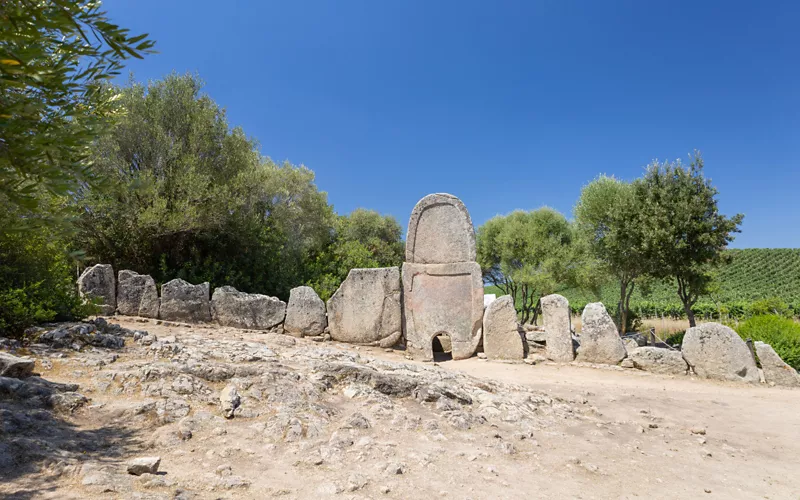
Another of the Tombs of the Giants is Coddu ‘Ecchju, also in the Archaeological Park of Arzachena. Its structure is very similar to that of Li Lolghi although it is by far one of the oldest, dating back to 2500 BC. What is striking is the huge stere over 4 metres high, placed in the centre of the exedra, which decrees the the space for rites and ceremonies. The stems with the hatch at the base, represent the door to the kingdom of the dead, the passage to the Hereafter.
s’Ena ‘e Thomes
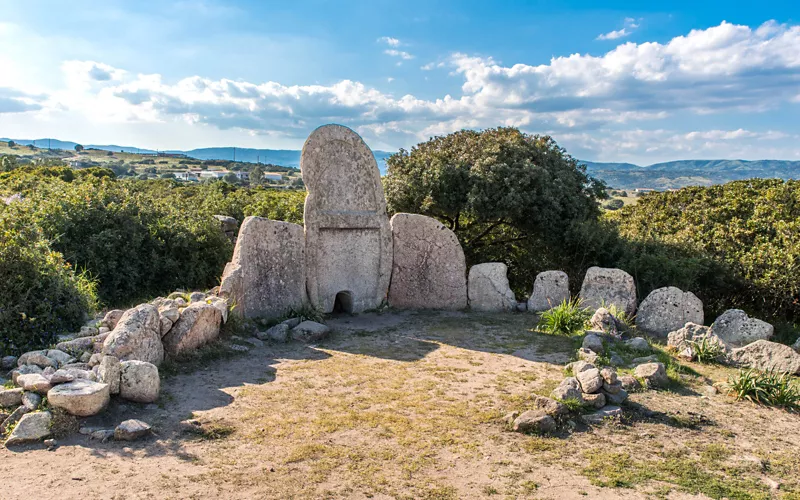
You need to get yourself to Nuorese, in the central eastern part of sardinia, to find one of the most impressive and best preserved monuments of the prehistoric age. In the locality of Dogali, isolated in the middle of a green plain, stands the tomb of the Giants of s’Ena ‘e Thomes, from 1800-1600 BC.
You will see it easily from afar because its stele is huge, over 7 tons of granite. Here too the exedra marks the sacred area and the 11 metre long funerary corridor is a dolmen. The term, of Breton origin that often occurs on archaeological tours in Sardinia. It indicates a megalithic tomb consisting of a chamber enclosed between two parallel slabs vertically, and surmounted by others horizontally.
Move with respect among the ancient stones, as indicated by the Nuragic civilization, which considered these places to have special energy, devoted to magical rites and ecstatic trances.
The water cult
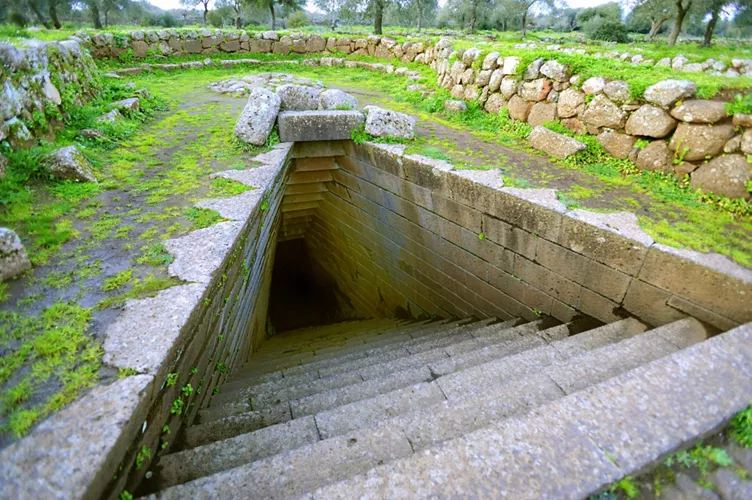
In the Santa Cristina Park, located in Paulilatino, in the Oristano area, there is a well which is the best preserved representation of its kind in Sardinia: alongside its functional aspect it is linked to a water cult.
The sacred well of Santa Cristina is a monument in stone blocks with circular base, consisting of a vestibule and atrium, staircase and hypogeic tholos chamber. If you visit it in March or September, on the dates of the equinoxes, you will experience some of what the ancient people did. The sun plunges into the well, if you go down the last 6 steps you will witness seeing your shadow double: one in the water and the other upside down, in the tholos room.
In the countryside of Orune, in Nuorese, Su Tempiesu is another well of great interest, from the 13th century BC. It is the only example of an elevated structure forming a covered temple, hence the name. Not far from here are the wells of Lorana and Su Lidone. Just beyond the inhabited centre of Olbia stands the sacred well Sa Testa, datated between the 15th and 13th centuries BC, a sanctuary of the Nuragic civilisations in the Galllura area.

